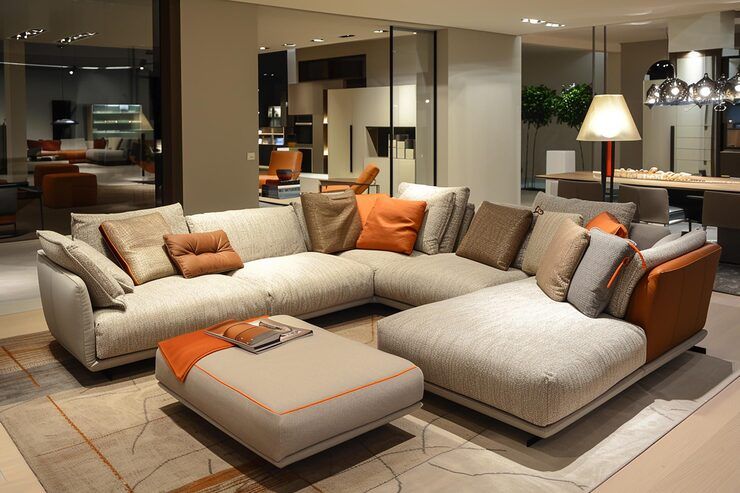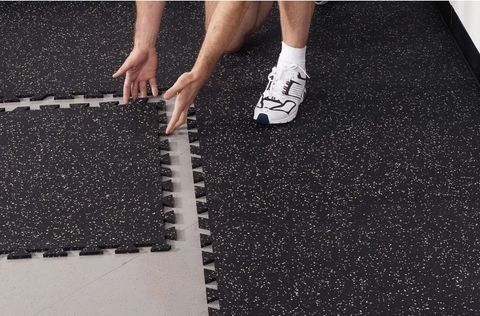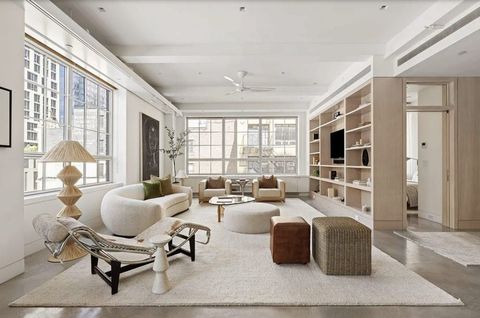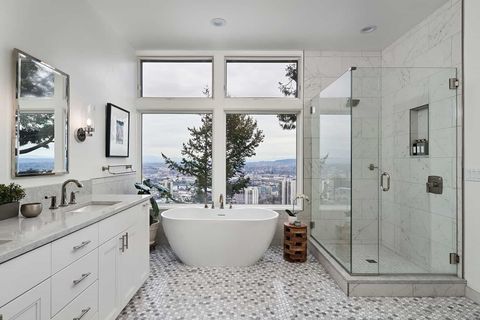A Complete Guide to Choosing the Perfect Sofa for Your Living Space
The sofa is often the centerpiece of a living room — a piece that defines comfort, design, and functionality in a home. Over the years, modern sofa designs have evolved beyond simple seating solutions to become essential elements of interior design, offering both aesthetics and practicality.
Modern homes, especially in urban settings, demand furniture that balances space efficiency, comfort, and style. This has led to the rise of designs such as modular sofas, sectional couches, and convertible sofa beds. The goal is not just to decorate but to create flexible living spaces suited for daily life, entertaining guests, and even remote work.

With new materials, smart designs, and eco-friendly production methods, today’s sofas are built to meet modern lifestyles and sustainability needs.
Importance
Sofas do more than provide a place to sit—they help set the mood, theme, and function of a home. For new homeowners or renters, choosing the right sofa has become a key step in creating a personal space that feels both inviting and practical.
Here’s why sofa design matters today:
-
Space Optimization: With smaller apartments becoming more common, compact and modular designs help maximize living space.
-
Aesthetic Appeal: Sofas are often the focal point of interior design, influencing color palettes and décor choices.
-
Comfort and Ergonomics: Modern sofas prioritize back support, high-density foam, and adjustable seating to enhance comfort.
-
Durability and Material Innovation: New materials like microfiber, performance fabrics, and engineered wood improve longevity and maintenance.
-
Sustainability: Growing awareness about eco-friendly materials encourages the use of recycled fabrics and responsibly sourced wood.
Whether it’s a minimalist sectional for a studio or a plush corner sofa for a family home, modern furniture is all about blending design with daily functionality.
Recent Updates
The furniture market saw significant innovation and design evolution in 2024–2025, reflecting lifestyle shifts and sustainability goals.
| Trend/Update | Description | Impact |
|---|---|---|
| Modular Sofa Systems | Customizable units that can be rearranged as needed. | Perfect for flexible, small, or open-plan homes. |
| Sustainable Materials | Increased use of recycled polyester, bamboo, and FSC-certified wood. | Reduces environmental impact while maintaining quality. |
| Tech-Integrated Furniture | Sofas with USB ports, built-in speakers, or wireless charging pads. | Blends technology with comfort for modern living. |
| Neutral and Earthy Tones | Shades like beige, taupe, and olive dominate color trends. | Promotes a calm and natural home atmosphere. |
| Textured Upholstery | Bouclé, velvet, and linen fabrics gaining popularity. | Adds depth and sophistication to minimalist interiors. |
According to Statista (2025), the global furniture market is expected to reach $780 billion by 2026, with sofas and seating accounting for nearly 35% of total sales — proving the growing importance of design-driven furniture in modern homes.
Laws or Policies
While there are no specific “sofa design laws,” several regulations affect furniture manufacturing and sales, particularly concerning safety, materials, and sustainability.
Key policies and standards include:
-
India: The Bureau of Indian Standards (BIS) regulates furniture safety, including flammability and stability under IS 5967:1985.
-
European Union: The REACH Regulation ensures that upholstery and foam materials are free from harmful chemicals.
-
United States: The California TB117-2013 standard governs the flammability of upholstered furniture.
-
Eco-Label Certifications: Programs like FSC (Forest Stewardship Council) and GreenGuard certify that materials used are environmentally safe and responsibly sourced.
-
Import Regulations: Countries importing furniture must adhere to labeling and compliance standards for fire safety and material authenticity.
These rules ensure that modern sofas are safe, durable, and eco-conscious — aligning with global sustainability goals.
Tools and Resources
For homeowners exploring the best sofa designs and materials, several online tools and resources can simplify decision-making.
Design Inspiration and Planning Tools
| Tool/Website | Purpose | Features |
|---|---|---|
| IKEA Home Planner | Create virtual room layouts | Test sofa designs in your home layout |
| Autodesk Homestyler | Visualize interiors in 3D | Drag-and-drop furniture simulation |
| Discover trending sofa styles | Visual inspiration for colors, shapes, and fabrics | |
| Houzz | Explore design ideas from professionals | Find local interior designers and vendors |
Material and Cost Estimation Tools
-
Urban Ladder & Pepperfry Calculators: Compare sofa dimensions, upholstery types, and prices.
-
Wayfair Room Planner: Helps estimate the right sofa size based on room layout.
-
Foyr Neo: 3D rendering tool for furniture and home visualization.
Sustainability and Quality Verification
-
FSC Certification Database: Confirms if wood is sustainably sourced.
-
GreenGuard Gold: Checks for low-emission furniture.
-
OEKO-TEX® Certification: Ensures upholstery fabrics are free from toxic dyes or chemicals.
These platforms help users make informed decisions, ensuring both aesthetic value and long-term satisfaction.
FAQs
Q1: What is the most durable sofa material?
A1: Leather, microfiber, and performance fabrics like polyester blends are known for their stain resistance, durability, and easy maintenance, making them suitable for high-traffic homes.
Q2: How do I choose the right sofa size for my living room?
A2: Measure your space before purchasing. Leave at least 30–36 inches of walking space around the sofa to maintain room flow. Online tools like IKEA’s Room Planner can help with this.
Q3: Are modular sofas a good investment?
A3: Yes. Modular sofas allow flexibility — you can rearrange sections, add seats, or adapt to new spaces, making them cost-effective in the long term.
Q4: What are the trending sofa colors in 2025?
A4: Earthy neutrals such as beige, moss green, and terracotta are trending, along with minimalist monochromes and textured fabrics like bouclé.
Q5: How do I maintain my modern sofa?
A5: Vacuum weekly, rotate cushions, and use upholstery protectors. For fabric sofas, professional cleaning every 12–18 months is recommended.
Example Chart: Sofa Types and Their Best Uses
| Sofa Type | Ideal For | Key Features |
|---|---|---|
| Sectional Sofa | Large families, open living rooms | Multiple seating configurations |
| Loveseat | Compact apartments, bedrooms | Two-seater comfort with minimal space |
| Recliner Sofa | Entertainment rooms | Adjustable headrests and leg supports |
| Sofa Bed | Guest rooms or small homes | Dual-purpose seating and sleeping |
| Modular Sofa | Flexible interiors | Customizable and expandable design |
Final Thoughts
Modern sofa designs have evolved to serve as both functional furniture and design statements. They reflect lifestyle choices — blending aesthetics, comfort, and sustainability. Whether you’re furnishing a studio apartment or a spacious home, investing in the right sofa enhances comfort and transforms your living experience.
By considering materials, layout, sustainability certifications, and ergonomics, homeowners can make confident choices that balance style and practicality. The right sofa doesn’t just complete a room — it defines the essence of a home.






